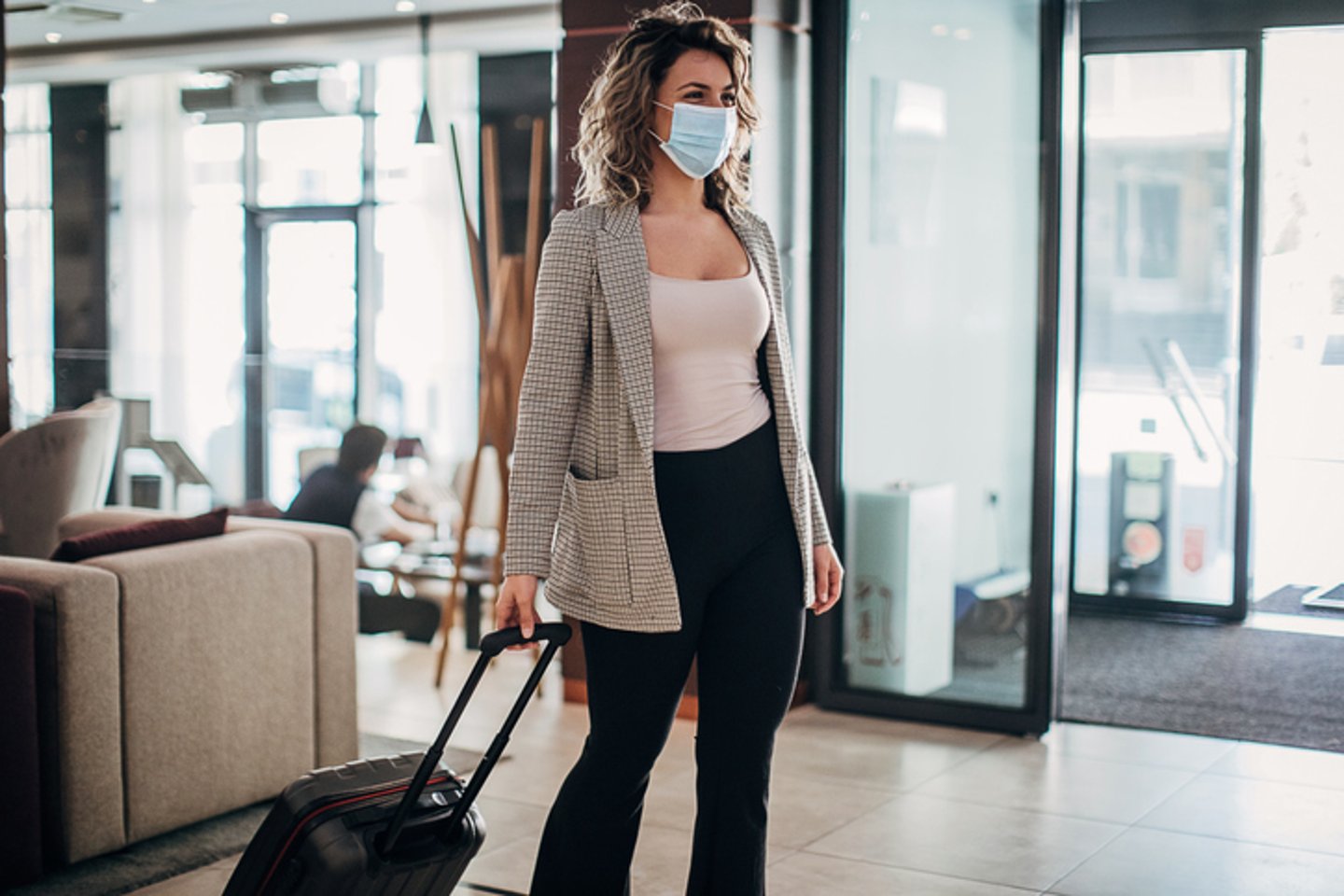Three Actions Hotels Should Take to Help Consumers Feel Safe
In this climate, safety is everything— and when we cross a safety line it impacts our actions, including travel decisions. Thirty-one percent of people have cancelled travel plans in 2020 due to COVID; 49% are reconsidering future travel plans. Even after the pandemic passes, 30% of people say they will be very nervous to travel for vacation.
Not only is safety everything, but it’s also binary. While humans may undertake some activities out of financial constraint or health necessity, traveling for leisure is purely “opt in” and subject to a binary threshold: “Is it safe?” If not — “No way.”
To connect with customers and help them move from lapsed explorers into returned travelers, hotels need to double down on safety. Low-tech innovations (space design, improved signage, masks) are table stakes. There is opportunity here to evaluate more advanced capabilities and technologies that further promote a safe environment and establish a new standard for customer expectations.
Hospitality organizations should consider these actions:
1) Critically evaluate the end-to-end guest journey at each stage from intent to travel to the trip to post travel.
Hotels don’t need flashy, dramatic new technology. The majority of people were indifferent to precautions like voice-controlled elevators, robotic housekeeping/concierge service, and digital experiences for local attractions.
In contrast, travelers want core technology improvements—like contactless arrival and keyless entry. Sixty percent of people would be more likely to stay at a hotel that allowed contactless check in and the ability to use a smartphone as a room key—16% even say it’s a “must have” to visit a hotel. Frequent travelers are even more likely to want virtual check in and keyless entry.
Many hotels already had these enhancements in development as convenience plays pre-COVID. Rather than halting development projects to preserve capital, this is the time to fast track these capabilities and others like it; what was once a “nice to have differentiator” will soon become safety table stakes.
2) Use technology that allows you to understand customers’ sense of safety and how different kinds of people feel safe.
Technology that provides better and more real time data is incredibly important. This data is complex because people are complex: for example, 28% of people say employee temperature screenings are a “must have.” However, when we dig into different customer segments, we see that Gen X, and rural respondents care less about temperature screening; in contrast, those over 77, urban dwellers, and high earners care more.
Furthermore, the evolving experience of COVID adds another layer of nuance to human safety needs. From April to July, willingness to stay in a hotel increased 50%; yet, this increase is not linear or without nuance. As humans see others choosing to stay at hotels, resorts, or short-term rentals, they gain further anecdotal and “social influence” data points on what behaviors are safe (half of people are either unsure of when they will feel comfortable taking big trips again, or are looking to social credentialing to make them feel comfortable doing so).
It’s going to take a combination of safety experiential surveys as well as a strong CRM to fully meet the need for dynamic, real-time knowledge. This can help highlight customer’s evolving needs and definition of safety as well as illuminate where to invest resources most impactfully.
3) Use technology to better connect with employees and promote their safety
Workers are going through a uniquely stressful time. Forty-two percent of people are anxious, 56% are worried about their own or a family member’s job security, and 40% aren’t sure they will be able to pay the bills. To these burdens, front line workers add fear of exposure to COVID every day while at work. Investing in behaviors (e.g., providing guests with resources to clean their own rooms) and technologies (e.g., virtual check-in, digital concierge) that minimize risk of exposure both eases an emotional burden for frontline workers and increases actual physical safety.
Protecting workers isn’t just the right thing to do; it’s also best for the bottom line: 82% of customers are more likely to visit a business that takes extra steps to ensure the safety & well-being of their employees—with 31% saying it is a “must-have.” Furthermore, showing care for employees increases trust for the organization (right now, only 18% of workers highly trust their employer regarding reopening). This trust is key to organizational health: 79% of employees who highly trust are motivated to work (vs. 29% who do not trust) and employees who highly trust are half as likely to seek new job opportunities
While technology can’t be the only lever hospitality organizations pull to help travelers and workers feel safe, it’s a critical enabler to scale a multi-pronged safety solution. Organizations need to be doubling-down on safety to meet the human threshold of “opt in” during COVID, and can be smart about where they invest to do so.
About the Author
Oliver Page is a Principal with Deloitte Consulting and leads Digital across the Automotive, Travel, Hospitality, and Services industries. He operates at the intersection of strategy and technology and is focused on digital transformation, loyalty, customer experience design, data and analytics, and digital systems implementation and operations.

